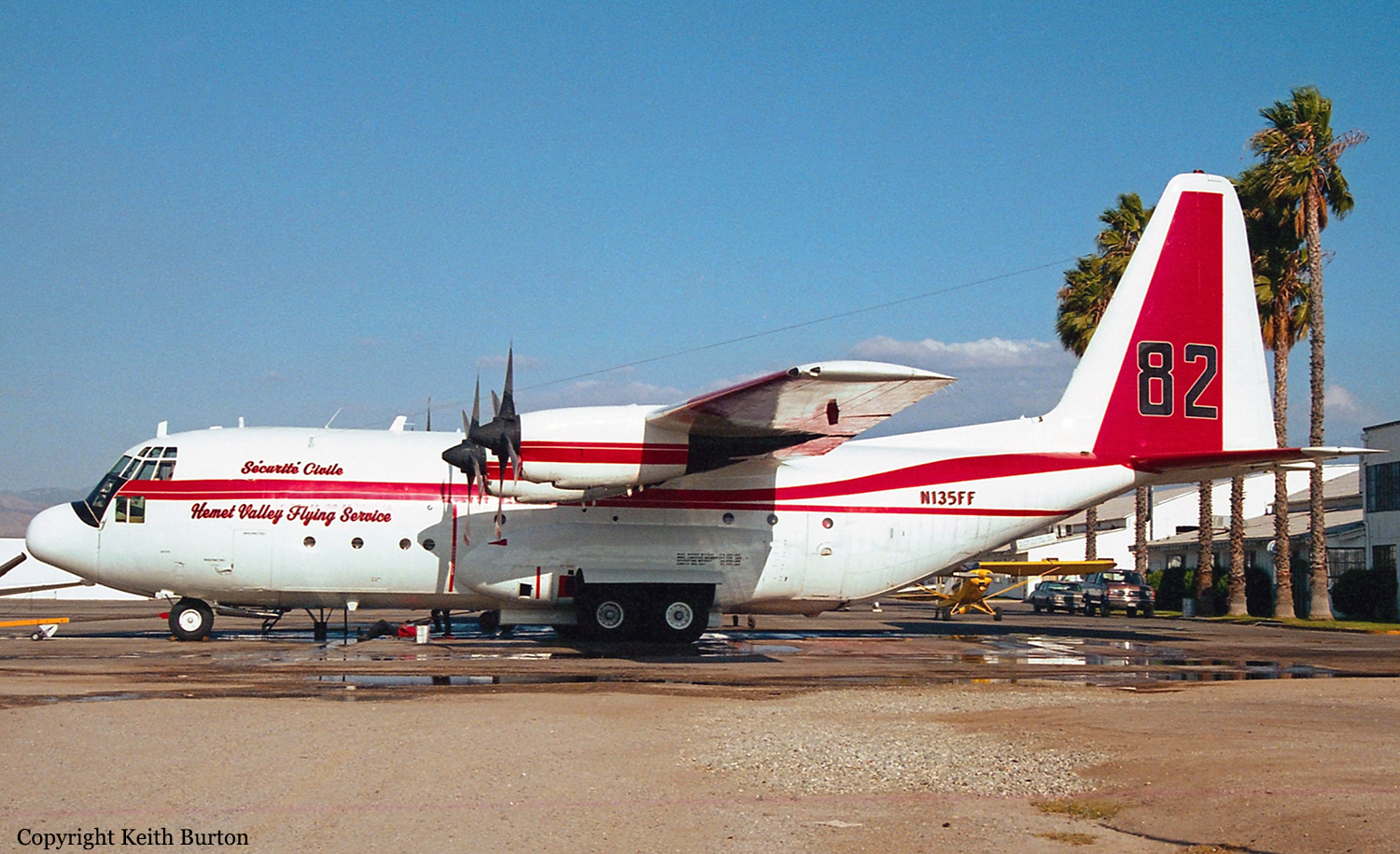Crash of a Swearingen SA226T Merlin III in Chino
Date & Time:
Sep 18, 1995 at 0624 LT
Registration:
N693PG
Survivors:
Yes
Schedule:
Apple Valley - Chino
MSN:
T-207
YOM:
1970
Crew on board:
1
Crew fatalities:
Pax on board:
0
Pax fatalities:
Other fatalities:
Total fatalities:
0
Captain / Total hours on type:
346.00
Aircraft flight hours:
5218
Circumstances:
During arrival at dawn, the pilot contacted Approach Control about 22 miles from the airport at 8,500 feet and requested an ILS runway 26 approach. The ATIS was reporting 1/8 mile visibility with fog; the minimum published visibility for the ILS landing was 3/4 mile. The controller vectored the aircraft so that it intercepted the ILS localizer at the outer marker at an intercept angle that was 5 degrees greater than the maximum allowable intercept of 30 degrees. The intercept point should have been at least 3 miles further away from the airport. The aircraft was 650 feet above the ILS glideslope at the outer marker (which was outside the ILS glideslope parameter). Instead of making a missed approach, the pilot elected to continue the ILS. As he attempted to intercept the glideslope from above, the airplane entered a high rate of descent and passed through the glideslope. The pilot was arresting the descent, when the airplane collided with level terrain about 1,000 feet short of the runway. After the accident, at 0646 edt, the visibility was 1/16 mile with fog.
Probable cause:
The pilot's improper IFR procedure by not initiating a missed approach at the outer marker, by attempting to intercept the glideslope from above after passing the outer marker, and by allowing the airplane to continue descending after reaching the decision height. Factors relating to the accident were: the adverse weather condition, and the approach controller's improper technique in vectoring the airplane onto the ILS localizer.
Final Report:









